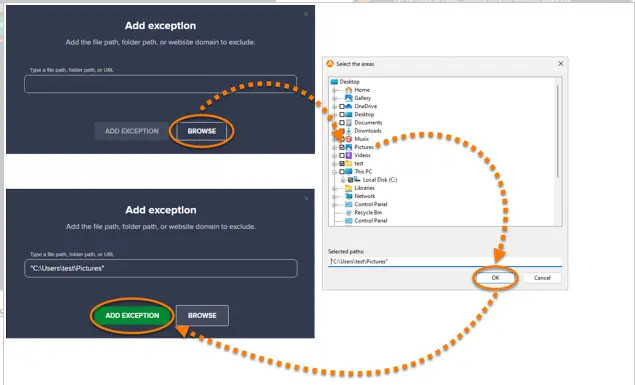Social Dude
How to Create QuickBooks Antivirus Exclusions for Smooth Performance
In this post, we'll discuss why antivirus exclusions are necessary, which QuickBooks files and folders you should exclude, and how to set them up in popular antivirus programs. Should you require professional assistance, call +1(800) 780-3064 for instant support.
Why Exclude Use of Antivirus Scanning in QuickBooks
Antivirus protection secures your system against malware but can mistakenly flag QuickBooks files as malicious, resulting in:
- Slow performance – Delays in company file opening or running reports.
- Data corruption – Financial files that are critical can become corrupted.
- Connection errors – Multi-user mode or integrations will fail.
- Frequent crashes – Unexpected shutdowns or "QuickBooks not responding" issues.
By creating QuickBooks antivirus exclusions, you allow the software to run free of unnecessary scans that slow down workflow.
What QuickBooks Files and Folders to Exclude?
To create QuickBooks antivirus exclusion, identify and exclude the following critical files and folders:
1. QuickBooks Installation Directory
Default locations:
C:\Program Files\Intuit\QuickBooks (32-bit systems)
C:\Program Files (x86)\Intuit\QuickBooks (64-bit systems)
2. QuickBooks Company Files
Exclude these file types to prevent scanning disruptions:
.QBW – Active company file
.QBB – Backup files
.QBA – Accountant's copy
.QBM – Portable company files
3. QuickBooks Temporary Folders
C:\Users[YourUsername]\AppData\Local\Temp
C:\Windows\Temp
4. QuickBooks Database Folders (For Multi-User Mode)
If using multi-user access, exclude:
C:\ProgramData\Intuit\QuickBooks
C:\Program Files (x86)\Intuit\QuickBooks Enterprise\Database Server
5. QuickBooks Download Directory
C:\Users\Public\Documents\Intuit\QuickBooks\Downloads
How to Set Up QuickBooks Antivirus Exclusions
Steps vary depending on your antivirus software. The following are instructions for common software.
1. Windows Defender (Microsoft Defender)
Open Windows Security > Virus & threat protection.
Click Manage settings under "Virus & threat protection settings."
Scroll down and click Add or remove exclusions.
Click + Add an exclusion and choose Folder or File.
Browse and add the QuickBooks folders/files to exclude.
2. McAfee Antivirus
Open McAfee Security Center.
Go to Real-Time Scanning > Excluded Files.
Click Add File and locate QuickBooks folders.
Save and reboot your computer.
3. Norton Antivirus
Open Norton Security.
Go to Settings > Antivirus.
Under Scans and Risks, click Items to Exclude from Scans.
Click Add Folders and select QuickBooks folders.
4. Avast Antivirus
Open Avast > Menu > Settings.
Go to General > Exceptions.
Click Add Exception and add QuickBooks folder paths.
5. Bitdefender Antivirus
Open Bitdefender > Protection > Settings.
Click Exclusions > Add Exclusion.
Choose QuickBooks folders and confirm.
Verify and rebuild data periodically – Utilize QuickBooks' built-in tools to maintain file integrity.
Should issues continue after you've set up exclusions, our QuickBooks experts are ready to assist. Call +1(800) 780-3064 for troubleshooting, data recovery, and performance optimization.
Final Thoughts
In order for QuickBooks to function properly for your auto repair business, you will need to make QuickBooks antivirus exclusions. By excluding the files and folders required, you prevent unnecessary scans that cause slowdowns. Use the steps above on your antivirus software, and if you need further assistance, contact us at +1(800) 780-3064.
Protect your financial data and ensure your accounting software is functioning at its best with the proper antivirus exclusions!



Comments